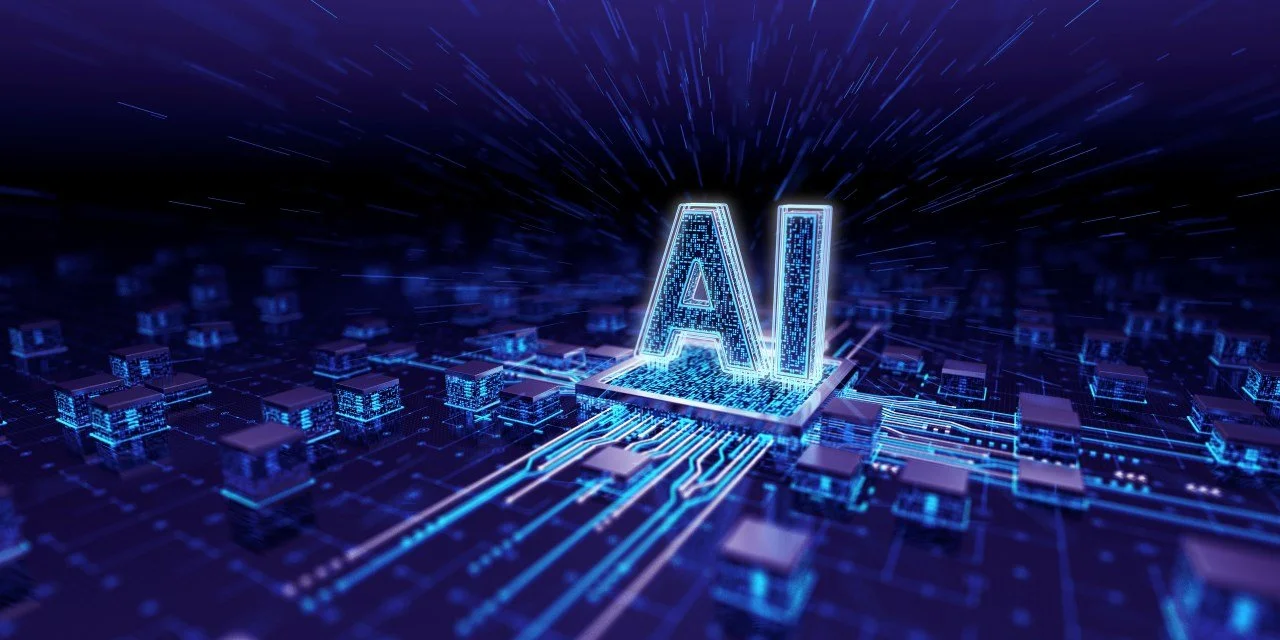How is AI used in video redaction?
Video content has burgeoned across various sectors in recent years, including surveillance, law enforcement, and online media, and with this proliferation comes a pressing need for stringent privacy measures and data protection. Herein lies the crucial role of video redaction - the process of anonymising visual data to shield identities or sensitive information from public exposure.
As we advance into an age where artificial intelligence (AI) intertwines with every facet of technology, its application in video redaction is revolutionising how we safeguard privacy and comply with data protection laws.
This article explores the transformative influence of AI in video redaction, underscoring its pivotal role in enhancing privacy and security measures in video editing.
The role of AI in video redaction
How can AI help in video redaction?
AI has emerged as a potent tool in the video redaction landscape, primarily due to its ability to automate the identification and masking of sensitive information in video content. Traditional redaction methods, often manual and time-consuming, are fast becoming obsolete in the face of AI's capability to swiftly and accurately process large volumes of video data. This leap in efficiency not only mitigates the risk of human error but also significantly reduces the turnaround time for redacting videos.
Automated object recognition
At the heart of AI-driven video redaction is automated object recognition - a technology that enables AI to detect and classify objects within a video frame. Whether it's human faces, licence plates, or any identifiable markers, AI algorithms can be trained to recognise and blur these elements automatically, and this feature is particularly invaluable when it comes to law enforcement video redaction solutions and surveillance videos, where protecting the identity of individuals or sensitive information is paramount.
Precision and accuracy
Improved accuracy through machine learning
Machine learning, a subset of AI, enhances the accuracy of video redaction by learning from vast datasets of annotated video footage. Over time, these algorithms become increasingly proficient at distinguishing between different objects and identifying what needs to be redacted with minimal oversight. This self-improving nature of machine learning ensures that AI-driven redaction tools remain effective even as video content evolves.
Minimising false positives
One of the challenges in video redaction is minimising false positives - instances where non-sensitive information is mistakenly redacted. AI's precision plays a crucial role here, as it significantly reduces the likelihood of such errors. By fine-tuning the algorithms, AI can discern with greater accuracy, ensuring that only the intended information is anonymised.
Speed and efficiency
Faster redaction with AI automation
AI's automation capabilities are a game-changer for video redaction, offering speeds unattainable by manual processes. This rapid processing is indispensable for organisations dealing with a high volume of video content, enabling them to adhere to privacy laws and regulations without delay.
Bulk redaction capabilities
Beyond accelerating individual video redaction tasks, AI technology shines in its ability to perform bulk redaction across numerous files simultaneously. This capability is a boon for entities that manage extensive video archives, such as law enforcement agencies, where the quick redaction of vast amounts of footage is often required. By leveraging AI, these organisations can ensure that their archives comply with privacy standards in a fraction of the time it would take through manual methods.
Adaptive redaction
Handling varied video content
The versatility of AI in adapting to diverse video content is also another significant advantage. Unlike static redaction rules that may not be applicable across different contexts, AI algorithms can adjust their approach based on the video's characteristics. This adaptability is crucial for effectively redacting videos from varied sources, such as body cameras, surveillance systems, and user-generated content, each presenting unique challenges in terms of quality, angle, and lighting conditions.
Customisable redaction parameters
AI-driven video redaction tools also often come with customisable parameters, allowing users to specify what types of information need to be redacted. This level of customisation ensures that redaction can be aligned with the specific privacy requirements of different jurisdictions or organisational policies. Whether it's blurring faces for privacy reasons or masking confidential information in a broadcast, AI provides the flexibility to meet diverse redaction needs.
Privacy-by-design approach
AI and privacy-by-design
Incorporating AI into video redaction aligns with the privacy-by-design principle, which advocates for privacy and data protection to be considered from the onset of the technology development process. By leveraging AI, developers can create video redaction solutions that inherently prioritise privacy, ensuring that sensitive information is automatically protected without the need for after-the-fact measures.
Ethical considerations in AI-driven redaction
Finally, the integration of AI into video redaction also brings to the fore important ethical considerations. Ensuring that AI algorithms are free from biases and respect privacy rights is paramount, and this requires a commitment to transparency and ethical AI development practices, as highlighted in our discussion on the future of ethical AI. Ultimately, developers must adhere to rigorous standards to prevent misuse and ensure that AI-driven redaction tools are used responsibly.


